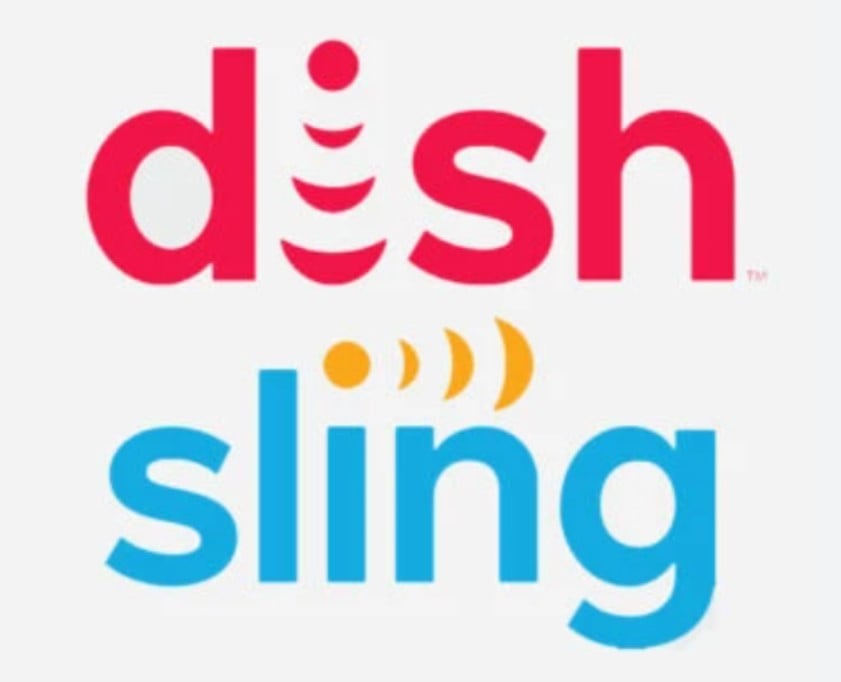- Verizon spent $1.9 billion and Dish spent $913 million at the FCC's 3.5 GHz auction.
- Comparatively, T-Mobile spent considerably less since it inherited a sizable haul of mid-band spectrum through the Sprint acquisition.
- Insider Intelligence publishes hundreds of insights, charts, and forecasts on the Connectivity & Tech industry with the Connectivity & Tech Briefing. You can learn more about subscribing here.
The FCC released the results of its 3.5 GHz auction, with Verizon and Dish outspending all other bidders for the mid-band spectrum, which offers an attractive compromise between the speeds of mmWave and the range of low-band spectrum. The auction concluded on August 25, raising a total of $4.5 billion from 228 bidders.
Here's how Verizon and Dish approached the auction:
- Verizon spent nearly $1.9 billion, accounting for 42% of total auction spending, which will help the wireless carrier expand the reach of its 5G network. Verizon was expected to spend the most going into the auction—dating back to 2019, the wireless carrier had been optimizing its network and smartphone offerings to support the 3.5 GHz band, per Light Reading. The massive haul of mid-band spectrum will help Verizon extend the appeal of 5G beyond dense urban areas, where the carrier has focused so far on deploying mmWave, which offers the fastest 5G speeds but has a limited range. According to Opensignal data collected between March and June 2020, Verizon's average 5G speed was more than 8x faster than the next leading US carrier, AT&T, but Verizon customers were only able to receive a 5G signal 0.4% of the time.
- Dish spent $913 million, less than half as much as Verizon, but the mid-band spectrum will help the company deploy a standalone 5G network. Dish has long-term ambitions to deploy a standalone 5G network that will cover 20% of the US population by 2022 and 70% by mid-2023. For now, Dish relies on leasing network access from T-Mobile as part of a 7-year MVNO deal. Dish's recently acquired mid-band spectrum will help it strategically deploy standalone networking in areas where it has a high concentration of subscribers, thereby helping to lower operational costs in the proceeding years by decreasing its dependence on T-Mobile.
T-Mobile spent considerably less at the auction, since it inherited a sizable haul of mid-band spectrum through the Sprint acquisition. The second-largest wireless carrier in the US by subscribers only purchased $5.6 million worth of spectrum in this auction.
T-Mobile announced just this week that it expanded its 2.5 GHz mid-band 5G to nearly 90 cities and towns in the US, meaning its 5G network now covers over 250 million people in the US. Sprint had considerable mid-band spectrum holdings prior to being acquired by T-Mobile, which has helped T-Mobile deploy the most frequently available 5G network, per Opensignal.
Want to read more stories like this one? Here's how you can gain access:
- Join other Insider Intelligence clients who receive this Briefing, along with other Connectivity & Tech forecasts, briefings, charts, and research reports to their inboxes each day. >> Become a Client
- Explore related topics more in depth. >> Browse Our Coverage
Are you a current Insider Intelligence client? Log in here.
"dish" - Google News
September 04, 2020 at 08:00PM
https://ift.tt/2QXfyW6
How Verizon and Dish approached CRBS spectrum auction and became its top spenders - Business Insider
"dish" - Google News
https://ift.tt/2MXZLF4

No comments:
Post a Comment